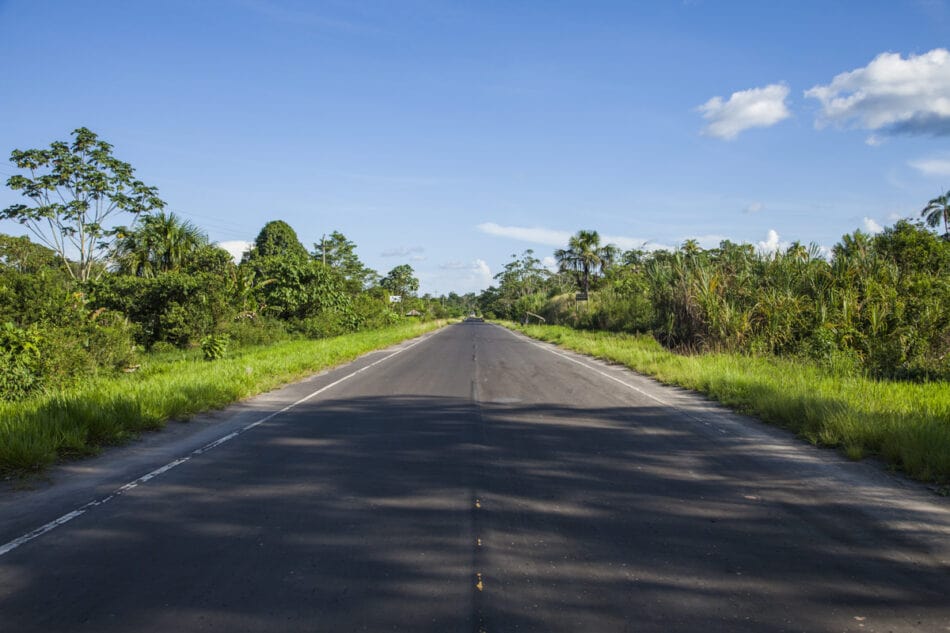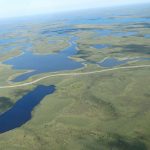The Iquitos-Nauta road is a 102 km long highway that connects the cities of Iquitos and Nauta in the department of Loreto, Peru, within the Peruvian Amazon rainforest. Iquitos is known as one of the most inaccessible and remote cities on the planet, as well as being the city with the largest population in the world without land access. Despite this, it has a road connection with the also Amazonian city of Nauta.
The journey between Iquitos and Nauta takes about two hours, although they are also connected by the Marañón River. The road was built in 2017 and is the first road that connects Iquitos with the rest of Peru by land.

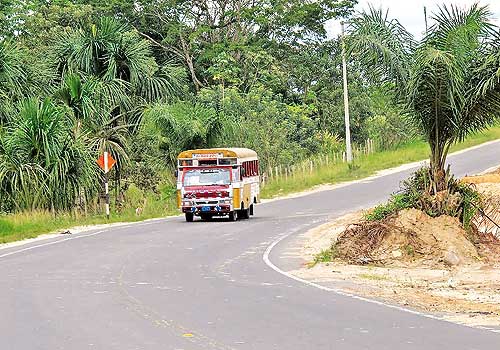
A truck on the Iquitos Nauta road, Bill of the birds
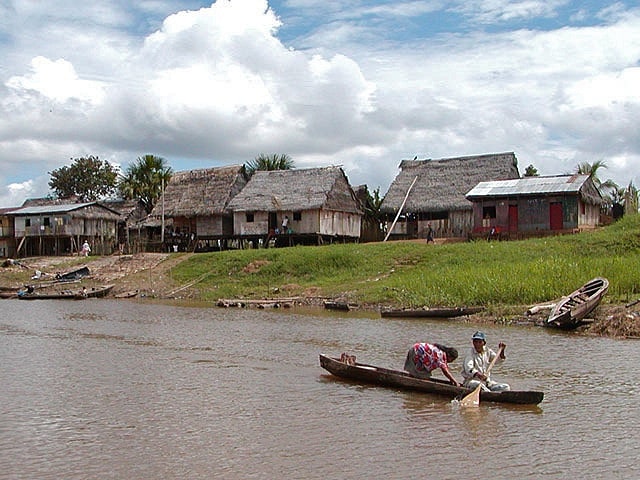
City of Nauta, Leland Jackson

City of Iquitos, Leland Jackson
Until 1999, there was no land connection between these two cities, so both locals and travelers had to embark on a 12-hour journey along the Marañón River to reach Nauta. In 1999, a dirt road was built that connected the two destinations, which was paved in 2005. Fortunately, now, the journey between these cities is a direct journey of 90 minutes to the south along the 95-kilometer highway.
Despite the road, Nauta can still be reached by boat, in case you prefer a more traditional and authentic journey, albeit slower. There are a couple of fast boats that depart from Iquitos daily, which take 8 to 10 hours. There are also small planes that make the route between the two cities, with a flight time of just under an hour and a half.
History of the Iquitos-Nauta Highway
The need for the Iquitos-Nauta highway dates back to 1885, when nature formed an island in front of the port of Nauta, isolating the city. At the beginning of 1900, the locals tried to open canals on the island, but the idea did not work, so the idea of building a road arose, although the mass migration from Nauta to Iquitos made the idea lose interest. In the early 1960s, a Pro-Construction Committee of the Iquitos-Nauta highway emerged and members of the same crossed the jungle to reach Iquitos.
Thus, the construction of the road began in 1970, without any previous study or planned layout. The road has had a positive impact on the economy of the region, as it has facilitated the transport of goods and people. The road has also improved access to medical care and education. The Iquitos-Nauta highway is an important step in the development of the Amazon region of Peru, opening up new economic opportunities and improving the quality of life of the people who live in the region.
The reasons for the construction of the Iquitos-Nauta highway were many:
- Exploitation of native natural resources.
- Make part of the citizenship engage in agricultural activities along the road and leave the city.
- Decongest the Port of Iquitos.
- Start a section of road from Iquitos that in the future would reach Chiclayo.
- Reduce the costs of oil activities and create an Amazonian model city in Nauta, which serves for a concentrated development
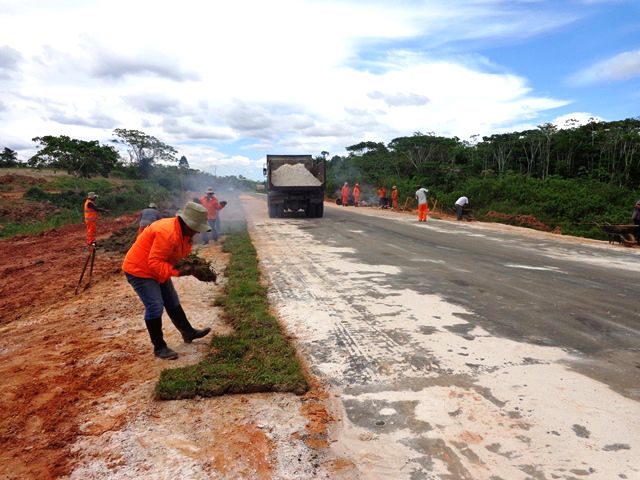

Iquitos – Nauta on Google Maps
Accommodation in Iquitos and how to get there
Iquitos is the nerve center of the Peruvian Amazon, so there are endless accommodation options in the city. Many of them are in the city itself, but if you are looking for an authentic adventure in the Amazon rainforest, we recommend choosing one of the different eco lodges that are located both upstream and downstream. Another way to get to Iquitos is by plane, there are flights from Lima and other cities in Peru.
What to do in Iquitos
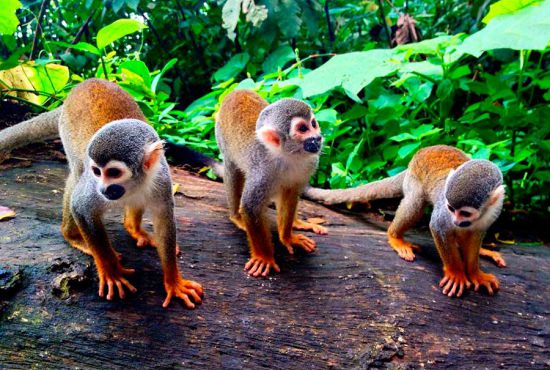
Monkey Island, Iquitos, Heliconia Lodge
These are just a few of the many fun things to do in Iquitos. With its rich history, diverse wildlife, and beautiful rainforest, Iquitos is a fascinating place to visit:
- Explore the Belen Market. This massive open-air market is a great place to experience the sights, sounds, and smells of the Amazon. You can find everything from fresh produce to souvenirs to live animals.
- Visit Monkey Island. This island is home to a variety of monkeys, including howler monkeys, spider monkeys, and capuchin monkeys. You can take a boat trip to the island and see the monkeys in their natural habitat.
- Go on a jungle tour. There are many different jungle tours available in Iquitos, ranging from short day trips to multi-day excursions. You can see a variety of wildlife, including monkeys, snakes, jaguars, and caimans. You can also go hiking, fishing, and swimming in the Amazon River.
- Visit the Amazon Rescue Center. This center cares for injured and orphaned animals, including monkeys, sloths, and birds. You can take a tour of the center and learn about the animals and their rescue efforts.
- Take a boat trip on the Amazon River. This is a great way to see the Amazon rainforest up close. You can spot wildlife, such as dolphins, turtles, and birds. You can also visit some of the small villages that line the river.
- Visit the Casa de Fierro. This iron house was built in the late 1800s and is one of the most iconic buildings in Iquitos. It is now a museum that houses a collection of artifacts from the Amazon region.
- Learn about the indigenous cultures of the Amazon. There are many different indigenous cultures in the Amazon rainforest. You can learn about their history, culture, and way of life. There are also opportunities to visit some of the indigenous communities.
Iquitos-Saramiriza Road
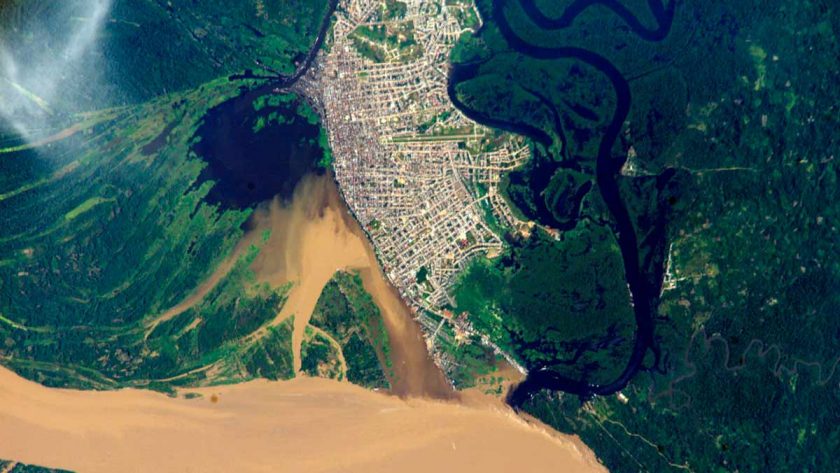
For a few years now, another road has been planned in Iquitos, this time to connect the city to the rest of the country. The construction of the road between Iquitos and Saramiriza has been controversial since its announcement in 2019. It would cost around $1.5 billion and critics of the project argue that the road would have a negative impact on the environment and indigenous communities in the region.
The road would cross an area of the Amazon that is rich in biodiversity. It is estimated that the road could cause deforestation of up to 20,000 hectares of forest. In addition, the road could make it easier to access the protected areas of the region, which could increase the risk of poaching and wildlife trafficking.
The road would also have a negative impact on indigenous communities in the region. Many of these communities depend on the natural resources of the Amazon for their livelihoods. The road could lead to the loss of their land and resources, and could increase the vulnerability of these communities to exploitation.
The future of the Iquitos-Saramiriza road is uncertain. The project is currently on hold, while the Peruvian government evaluates the environmental and social impacts of the project. However, critics of the project argue that the road should be canceled altogether.
Spanish version: Iquitos – Nauta, carretera del Amazonas de Perú


 (2 votes, average: 4.00 out of 5)
(2 votes, average: 4.00 out of 5)